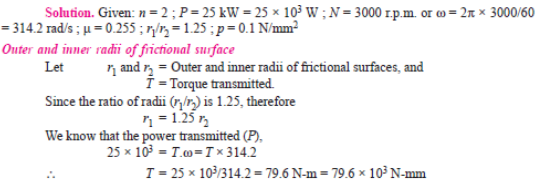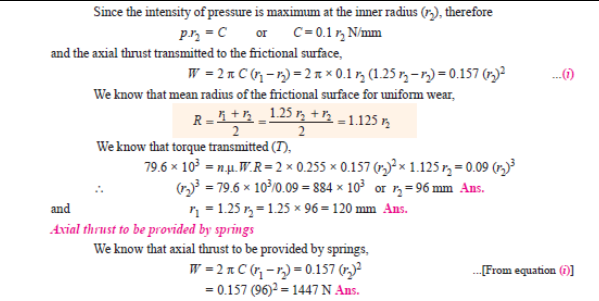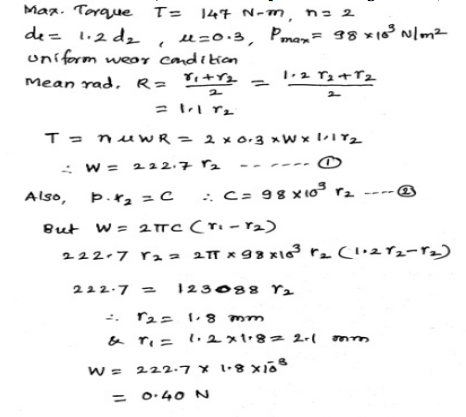List important physical characteristics of good bearing material.
Physical characteristics of good bearing material- compressive strength, fatigue strength, embeddability, bondability, corrosion resistant, thermal conductivity, thermal expansion, conformability



